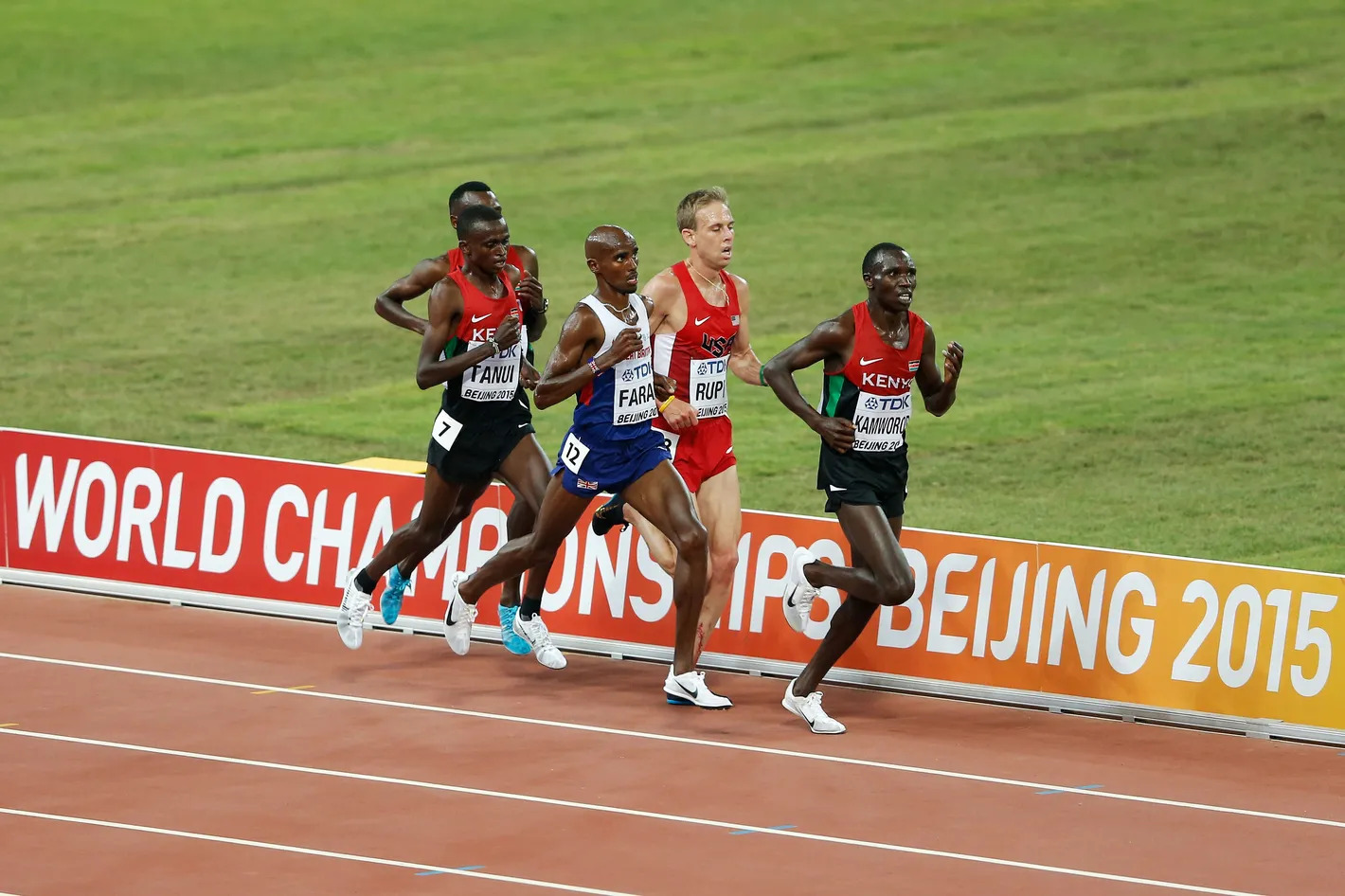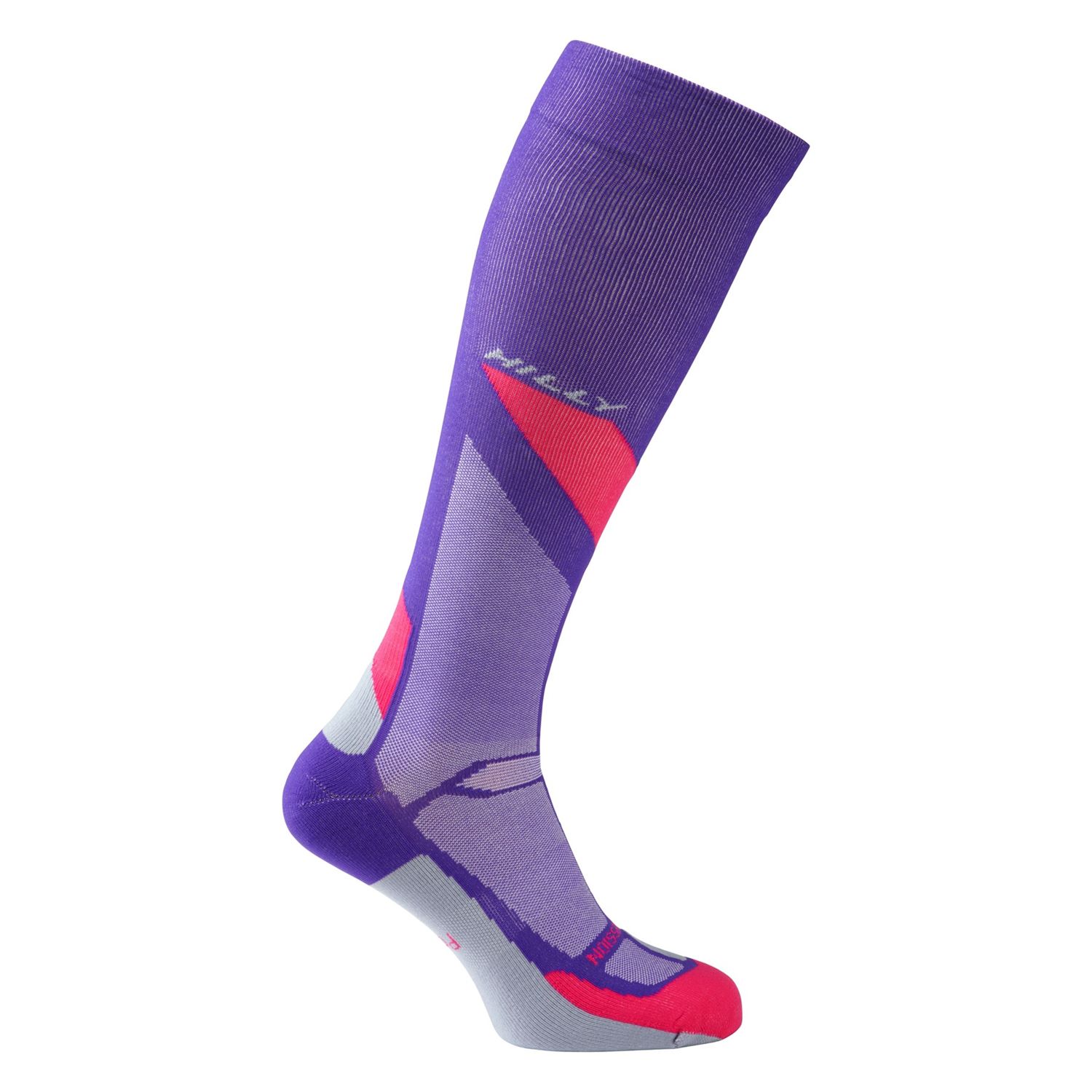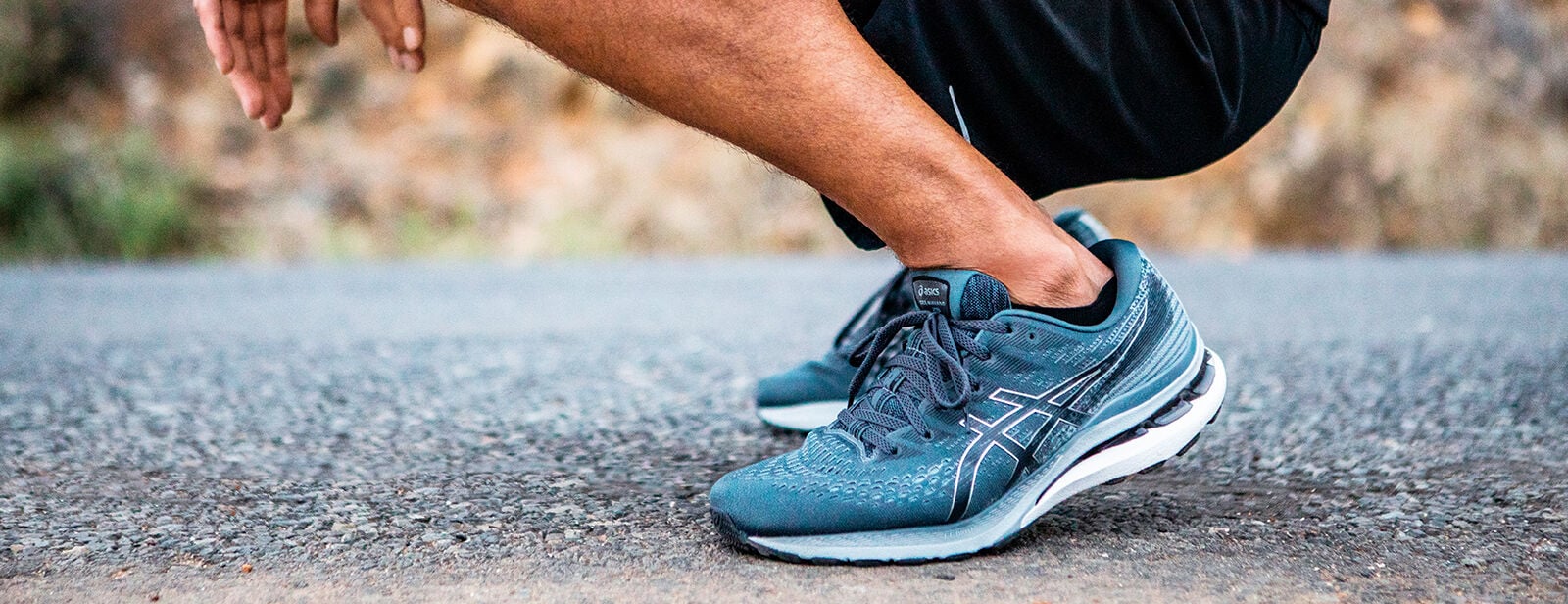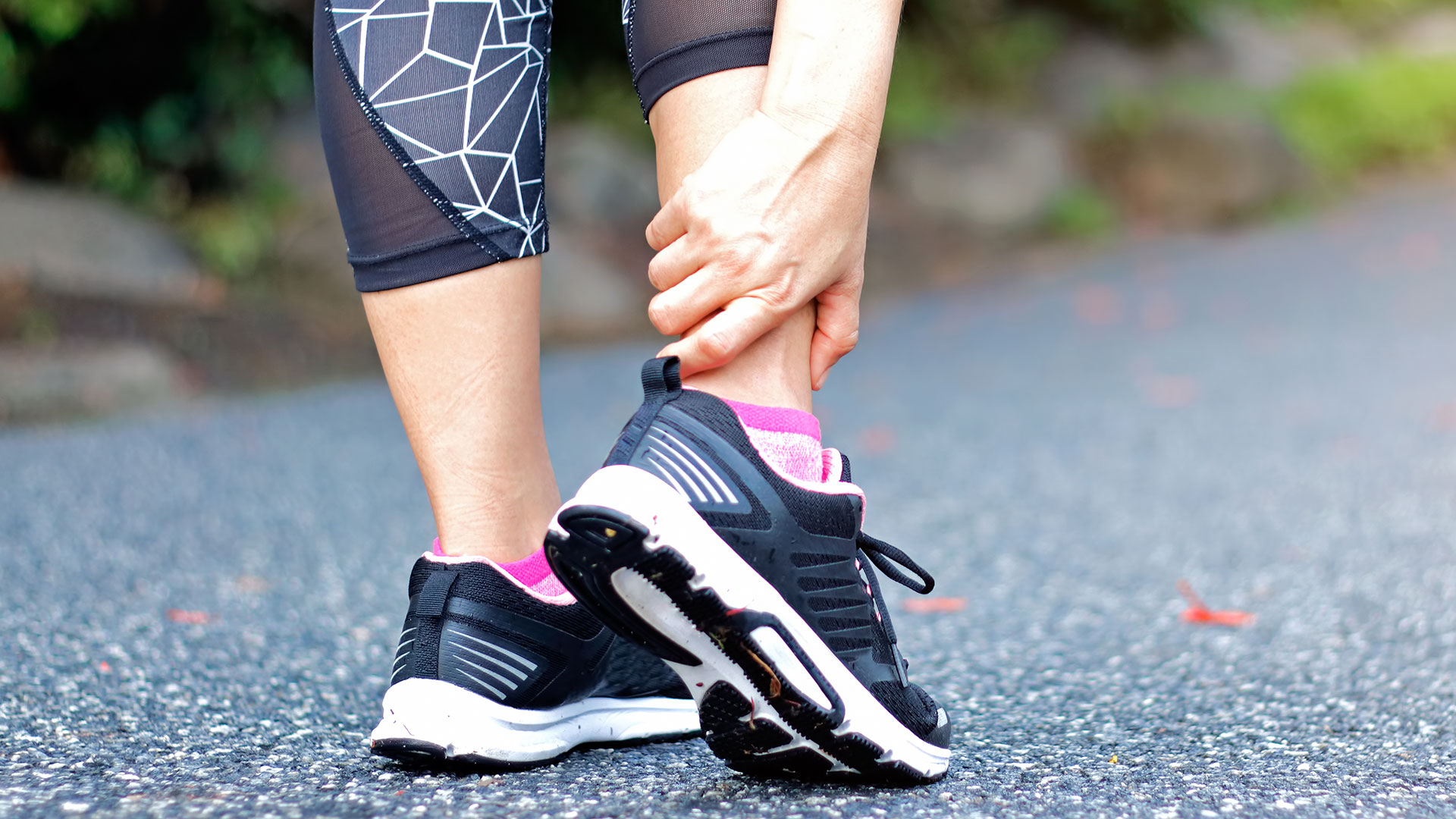Home>Health and Wellness>Health>The Role of Compression Shorts in Lowering the Risk of Shin Splints
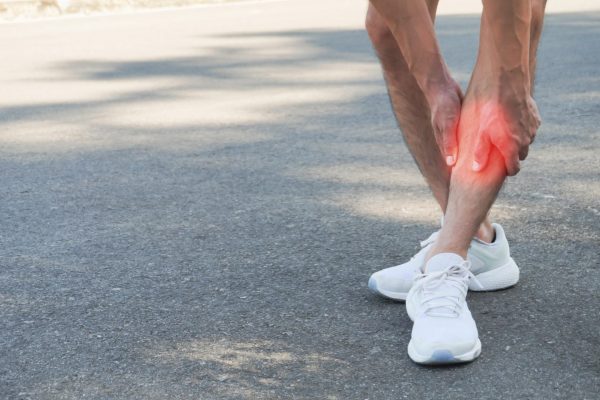

Health
The Role of Compression Shorts in Lowering the Risk of Shin Splints
Modified: January 2, 2024
Uncover the role of compression shorts in lowering the risk of shin splints. Gain insights into how compression shorts can enhance support, reduce inflammation, and alleviate pain associated with shin splints.
In the dynamic world of running and high-performance sports, compression shorts have gained immense popularity. These garments have been lauded for their potential benefits, ranging from enhanced athletic performance to improved recovery. This article will explore the intriguing role of compression shorts in potentially reducing the risk of shin splints, a common injury among runners.
Understanding Shin Splints and Their Causes
Shin splints, medically known as ‘medial tibial stress syndrome’, refer to pain felt along the inner edge of the shinbone (tibia). They often result from excessive stress on the shinbone and the tissues attaching the shinbone to the muscles surrounding it. Common causes include:
Overuse
Running too much or too quickly, especially without adequate conditioning, can overload the muscles, tendons, and bone tissue, leading to shin splints.
Improper footwear
Shoes that don’t offer proper support or are worn out can contribute to shin splints.
Running mechanics
Individuals with flat feet or rigid arches may have a higher risk of developing shin splints due to altered running mechanics.
The Theory Behind Compression Shorts and Shin Splints
At first glance, it might not be clear how compression shorts, which are worn around the upper leg and hip area, could influence the risk of shin splints, a condition affecting the lower leg. The key to understanding this lies in how the body functions as a unified system.
Compression shorts work by applying gentle pressure to the muscles and veins in the legs, promoting enhanced blood flow. This increased circulation could, in theory, contribute to improved oxygenation and nutrient delivery to the muscles, reducing inflammation and helping clear metabolic waste products more effectively.
In the context of shin splints, improved circulation might help decrease the inflammation associated with the condition. Additionally, by enhancing overall leg function, compression shorts could potentially contribute to a more balanced running form, reducing the stress placed on the lower legs.
Potential Benefits of Compression Shorts for Runners
Here are some of the potential benefits of wearing compression shorts, particularly in the context of shin splints:

Image from Adobe
Improved Circulation
Enhanced blood flow can facilitate oxygen and nutrient delivery to muscles, potentially aiding recovery and reducing inflammation.
Reduced Muscle Vibration
During running, muscle vibrations can contribute to fatigue. By reducing these vibrations, compression shorts might help lower fatigue and minimize wear and tear on the lower legs.
Enhanced Proprioception
Proprioception, the body’s sense of position and movement, is critical to maintaining good running form. Improved form could help distribute running forces more evenly across the lower extremity, possibly lowering the risk of shin splints.
Conclusion
While compression shorts may offer certain benefits for runners, it’s crucial to remember that they are not a standalone solution to prevent shin splints. You should use them as part of a comprehensive approach that includes proper running technique, adequate footwear, and a balanced training regimen.
Also, individuals who have or suspect they have shin splints should seek professional medical advice. Shin splints can sometimes be a sign of more severe conditions, such as stress fractures, which require appropriate medical intervention.
FAQs
Can wearing compression shorts lower the risk of shin splints?
While compression shorts may offer benefits like improved circulation, reduced muscle vibration, and enhanced proprioception, more research is needed to directly link these benefits to a lower risk of shin splints. Instead, you should use them as part of a comprehensive approach to prevent shin splints, including proper running technique and adequate footwear.
How do compression shorts work?
Compression shorts work by applying gentle pressure to the muscles and veins in the legs, promoting enhanced blood flow. Indeed, this could potentially improve oxygenation and nutrient delivery to the muscles, reduce inflammation, and help clear metabolic waste products more effectively.
What are shin splints?
Shin splints, medically known as ‘medial tibial stress syndrome’, refer to pain felt along the inner edge of the shinbone (tibia). They often result from excessive stress on the shinbone and the tissues attaching the shinbone to the muscles surrounding it.
What can cause shin splints?
Common causes of shin splints include overuse, improper footwear, and running mechanics. Running too much or too quickly, especially without adequate conditioning, can lead to shin splints. Similarly, shoes that don’t offer proper support or are worn out can contribute to shin splints.
How should I use compression shorts in my running routine?
You can wear compression shorts during runs to potentially improve circulation and reduce muscle vibration. They may also be worn post-run to aid recovery. However, you should not rely upon compression shorts as a sole preventive measure against shin splints or other running-related injuries. Always seek professional medical advice for persistent pain or suspected injuries.
